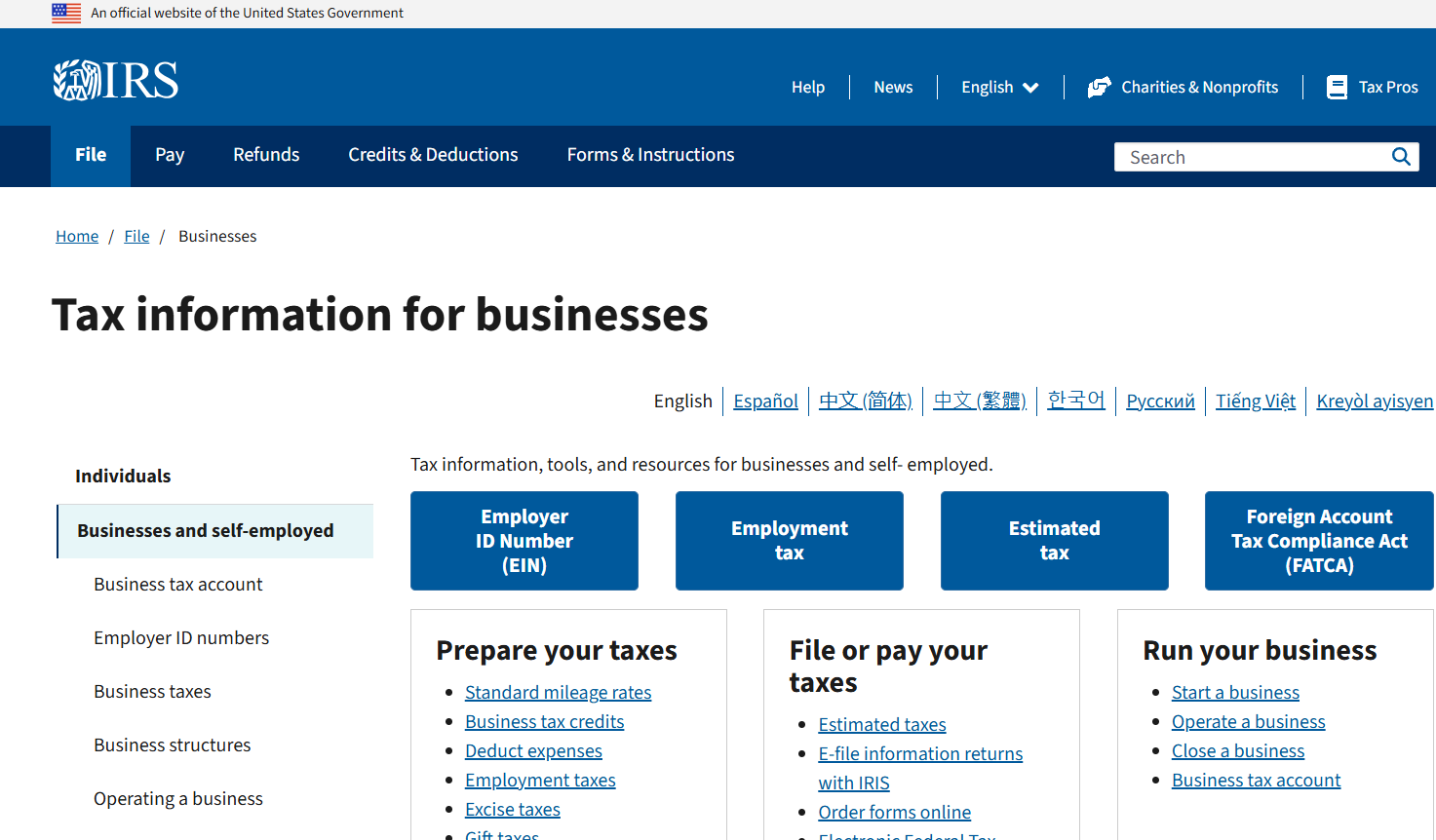Key Developments – 2nd Quarter 2018

The following is a summary of important tax developments that have occurred in April, May, and June of 2018 that may affect you, your family, your investments, and your livelihood.
Postcard tax form
The IRS released a new draft version of the 2018 Form 1040, U.S. Individual Income Tax Return. The new Form is markedly different from the 2017 version of the form and would replace the current Form 1040, as well as the Form 1040A and the Form 1040EZ. In addition to reflecting a number of changes made by the Tax Cuts and Jobs Act (TCJA; P.L. 115-97, 12/22/2017), the “postcard” draft form is about half the size of the current version and contains far fewer lines than its predecessor. However, this reduction in length is countered by the fact that the draft form has six new accompanying schedules.
States in bid to tax online/internet sales
The U.S. Supreme Court ruled that the correct standard in determining the constitutionality of a state tax law is whether the tax applies to an activity that has “substantial nexus” with the taxing state. The case (South Dakota v. Wayfair) involved South Dakota’s imposition of tax collection and remittance duties on out-of-state sellers meeting certain gross sales and transaction volume thresholds. With the rise of the digital economy, states have lost significant sales tax revenues because they have been unable to tax online/internet sales under the old physical presence nexus standards. Overturning its prior precedents, the Court held that the prior physical presence rule was an “unsound and incorrect” interpretation of the Commerce Clause that has created unfair and unjust marketplace distortions favoring remote sellers and causing states to lose out on enormous amounts of tax revenue. The Court held that the State had established that the vendor had substantial nexus in this case through “extensive virtual presence.”
The IRS advises a “payroll checkup”
The IRS has encouraged taxpayers who have typically itemized their deductions to use the withholding calculator on the IRS’s website to perform a “payroll checkup,” noting that changes made by the Tax Cuts and Jobs Act (TCJA, P.L. 115-97, 12/22/2017) may warrant an adjustment. TCJA made a number of law changes, effective for tax years beginning after 2017 and before 2026, that affect the amount of itemized deductions that can be claimed and whether taxpayers choose to itemize or claim the standard deduction. They include: nearly doubling standard deductions; limiting the deductions for state and local taxes; limiting the deduction for home mortgage interest in certain cases; and eliminating deductions for employee business expenses, tax preparation fees and investment expenses (including investment management fees, safe deposit box fees and investment expenses from pass-through entities). In light of these changes, some individuals who formerly itemized may now find it more beneficial to take the standard deduction, which could affect how much a taxpayer needs to have their employer withhold from their pay. Also, even those who continue to itemize deductions should check their withholding because of TCJA changes. The IRS warned that having too little tax withheld could result in an unexpected tax bill or penalty at tax time in 2019, and also noted that taxpayers who have too much tax withheld may prefer to receive more in their paychecks instead of in the form of a tax refund.
Tax reform’s effect on vehicle and unreimbursed employee expenses
The IRS has provided updated information to taxpayers and employers about changes from the Tax Cuts and Jobs Act (TCJA, P.L. 115-97, 12/22/2017) affecting vehicle and unreimbursed employee expenses. Shortly before the enactment of the TCJA, the IRS released optional standard mileage rates for 2018, as well as the maximum standard automobile cost that may be used in computing the allowance under a fixed and variable rate (FAVR) plan. However, TCJA made many tax law changes, including those affecting move-related vehicle expenses, unreimbursed employee expenses, and vehicle expensing. The IRS advised taxpayers that TCJA generally suspended the deduction for moving expenses for tax years beginning after 2017 and before 2026, with an exception for certain members of the Armed Forces. Accordingly, no deduction is allowed for use of an automobile as part of a move using the pre-TCJA 18¢ mileage rate. For the same period, TCJA also suspended all miscellaneous itemized deductions that are subject to the 2%-of-adjusted gross income (AGI) floor, including unreimbursed employee travel expenses. Thus, the 54.5¢ business standard mileage rate generally can’t be used to claim an itemized deduction for unreimbursed employee travel expenses (but the 54.5¢ rate still applies for expenses that are deductible in determining AGI, such as for unreimbursed employee travel expenses claimed by reservists and certain state or local government officials). And, for purposes of computing the allowance under a FAVR plan, the maximum standard automobile cost may not exceed $50,000 for passenger automobiles, trucks and vans placed in service after 2017 (up from the pre-TCJA $27,300 for passenger automobiles and $31,000 for trucks and vans).
Family and medical leave credit
The IRS has provided guidance on the new family and medical leave credit, which was added by the Tax Cuts and Jobs Act (TCJA, P.L. 115-97, 12/22/2017). Under new Code Sec. 45S, for wages paid in tax years beginning in 2018 and 2019, eligible employers can claim a general business credit equal to the applicable percentage (between 12.5% and 25%) of the amount of wages paid to qualifying employees for up to 12 weeks per tax year while the employees are on family and medical leave, if certain requirements are met. For purpose of the credit, family and medical leave includes leave for: the birth of an employee’s child and to care for the child; placement of a child with the employee for adoption or foster care; care for the employee’s spouse, child, or parent who has a serious health condition; a serious health condition that makes the employee unable to perform the functions of his or her position; any qualifying exigency due to an employee’s spouse, child, or parent being on covered active duty (or having been notified of an impending call or order to covered active duty) in the Armed Forces; and care for a service member who is the employee’s spouse, child, parent, or next of kin.
Million dollar FBAR penalty
The Supreme Court declined to review a Ninth Circuit decision (U.S. v. Bussell), which, on finding that a taxpayer willfully failed to file a Report of Foreign Bank and Foreign Accounts (FBAR) with regard to her foreign account, let stand a million dollar FBAR penalty. Each U.S. person who has a financial interest in or signature or other authority over any foreign financial accounts, including bank, securities, or other types of financial accounts in a foreign country, if the aggregate value of these financial accounts exceeds $10,000 at any time during the calendar year, must report that relationship tor that calendar year by filing an FBAR with the Department of the Treasury. Those who willfully fail to file their FBARs on a timely basis can be assessed a penalty of up to the greater of $100,000 (as adjusted for inflation) or 50% of the balance in the unreported bank account for each year they fail to file a required FBAR. The Ninth Circuit rejected a variety of the taxpayer’s arguments, including that the imposition of the penalty violated the U.S. Constitution because the fine was excessive under the Eighth Amendment. The taxpayer argued that the penalty was a punitive forfeiture, grossly disproportional to the gravity of the offense, but the Court held that the assessment was proper because the taxpayer defrauded the government and reduced public revenues.
Inflation-adjusted HSA amounts for 2019
The IRS has released the annual inflation-adjusted contribution, deductible, and out-of-pocket expense limits for 2019 for health savings accounts (HSAs). Eligible individuals may, subject to statutory limits, make deductible contributions to an HSA. Employers, as well as other persons (e.g., family members), also may contribute on behalf of an eligible individual. A person is an “eligible individual” if he is covered under a high deductible health plan (HDHP) and is not covered under any other health plan that is not a HDHP, unless the other coverage is permitted insurance (e.g., for worker’s compensation, a specified disease or illness, or providing a fixed payment for hospitalization). For calendar year 2019, the limitation on deductions for an individual with self-only coverage under an HDHP is $3,500 (up from $3,450 for 2018). For calendar year 2019, the limitation on deductions for an individual with family coverage under an HDHP is $7,000 (up from $6,900 for 2018). For calendar year 2019, an HDHP is defined as a health plan with an annual deductible that is not less than $1,350 (same as for 2018) for self-only coverage or $2,700 (same as for 2018) for family coverage, and with respect to which the annual out-of-pocket expenses (deductibles, co-payments, and other amounts, but not premiums) do not exceed $6,750 (up from $6,650 for 2018) for self-only coverage or $13,500 (up from $13,300 for 2018) for family coverage.
Please call us for more information about any of these developments and what steps you should implement to take advantage of favorable developments and to minimize the impact of those that are unfavorable.










